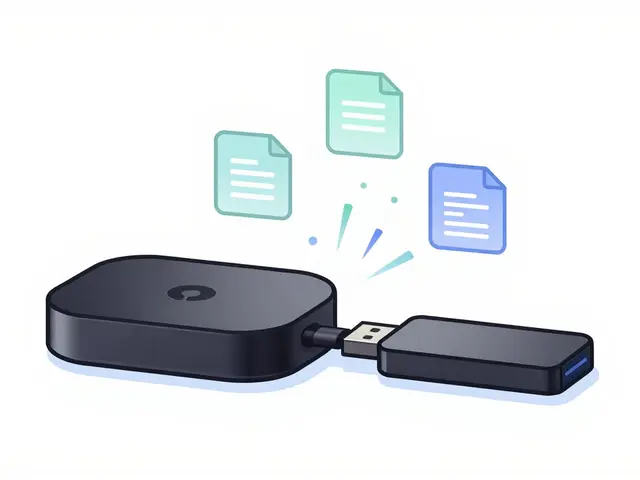Rollup Aggregator: What It Is and How It Powers Modern Data Systems
When you hear rollup aggregator, a system that combines raw data points into summarized chunks over time to reduce storage and improve query speed. It's not just a technical term—it's the quiet engine behind fast dashboards, real-time analytics, and smooth streaming apps. Think of it like turning thousands of individual clicks into a single hourly summary: instead of storing every single action, you store what matters—totals, averages, trends. This isn’t theory. It’s what keeps Netflix from lagging when millions watch the same show, and what lets Shopify show live sales numbers without crashing.
A rollup aggregator, a system that combines raw data points into summarized chunks over time to reduce storage and improve query speed. It's not just a technical term—it’s the quiet engine behind fast dashboards, real-time analytics, and smooth streaming apps. works hand-in-hand with transaction batching, grouping multiple database operations into a single atomic unit to boost performance while preserving data integrity. batch processing—they both cut down on overhead. You don’t write each TikTok edit to the database one by one; you batch them, then roll them up into daily engagement stats. That’s why apps stay fast even under heavy load. And it’s not just for tech giants. Any app handling user activity, sensor data, or ad impressions uses this trick.
It also ties into streaming data, continuous flows of information from sources like sensors, apps, or user interactions that need real-time processing. real-time data streams. Imagine tracking how many people watch a horror film during a festival like Fantastic Fest—each view is a data point. A rollup aggregator turns that flood into hourly viewership trends, so the studio knows when to push more ads or add theater screens. Same thing with email filters sorting promo deals: rollups help identify patterns in renewal spikes or trial drops, so you don’t get charged unexpectedly.
You’ll find rollup aggregators in action everywhere you see performance without lag. They’re in the backend of your favorite video editing tools, helping render timelines faster by pre-summarizing clip metadata. They’re in marketing funnels, turning thousands of clicks into conversion rates. They’re even in how Disney+ decides whether to push a Marvel show based on regional viewing trends. This isn’t about raw data—it’s about smart summaries that let systems think faster and act smarter.
What you’ll find below isn’t a list of tech manuals. It’s a collection of real-world examples where data aggregation, batching, and streaming come together—whether it’s tracking film ratings, managing streaming subscriptions, or optimizing video editing workflows. These posts show you how the invisible systems behind the scenes make your digital life smooth, fast, and cost-effective. No jargon. Just clear connections between what you use and how it works.
5
What Is a Rollup Aggregator? Simple Explanation for Blockchain Users
A rollup aggregator bundles hundreds of blockchain transactions into one to cut costs and speed up processing. It’s how Ethereum scales without losing security - saving users money and making DeFi usable.
Latest Posts
Popular Posts
-
 How to Expand Storage on Fire TV with USB Drives and Manage Apps Better
How to Expand Storage on Fire TV with USB Drives and Manage Apps Better
-
 App Layout Strategies: Organize Streaming Services by Genre and Use
App Layout Strategies: Organize Streaming Services by Genre and Use
-
 Lord of the Rings: The Rings of Power on Prime Video - What to Know in 2025
Lord of the Rings: The Rings of Power on Prime Video - What to Know in 2025
-
 Breakout Indies at the Box Office: How Word-of-Mouth Made These Films Blockbusters
Breakout Indies at the Box Office: How Word-of-Mouth Made These Films Blockbusters
-
 Data Management: DIT, Backups, and Archival Best Practices for Video Teams
Data Management: DIT, Backups, and Archival Best Practices for Video Teams


